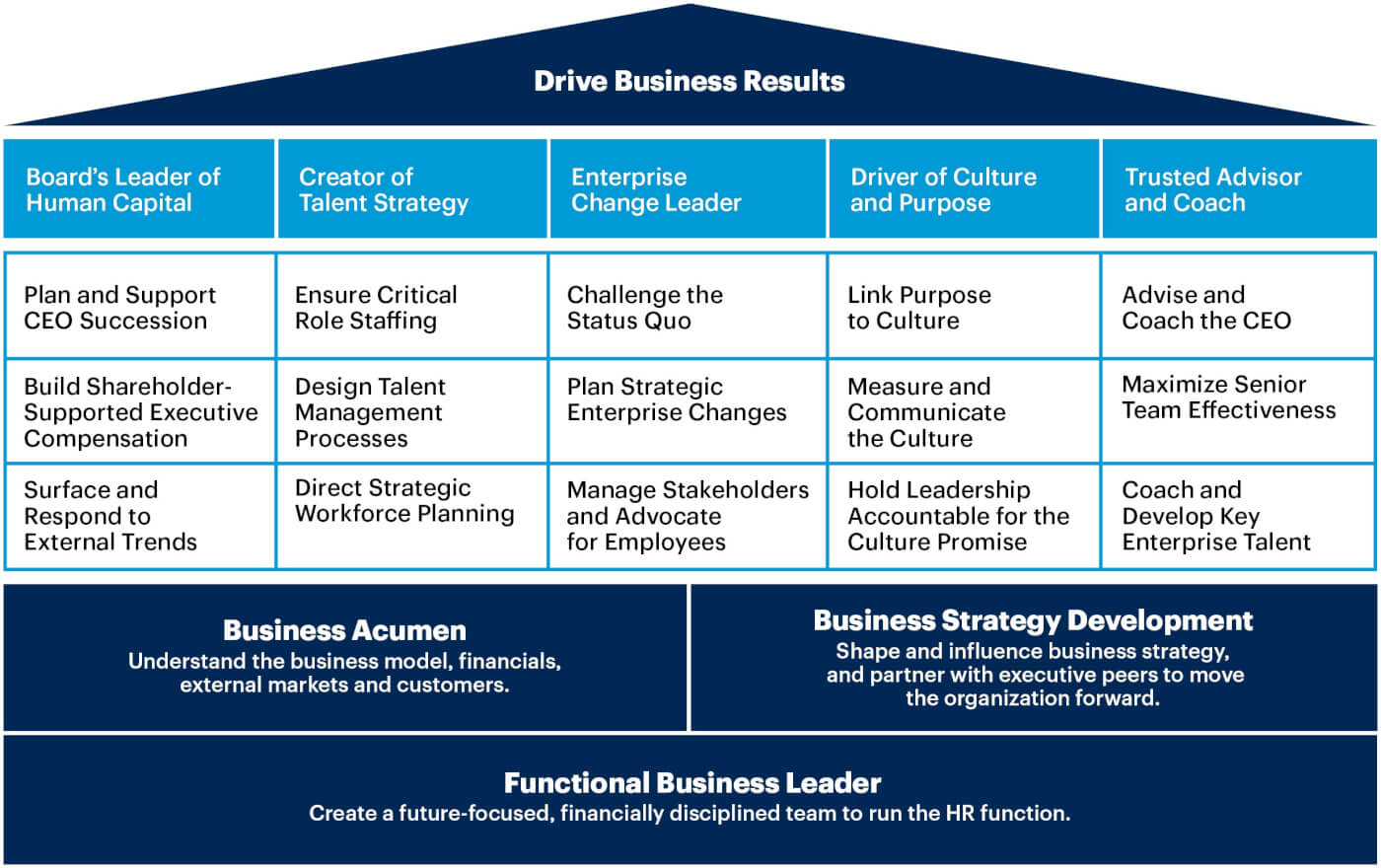Boeing’s 737 Max issues highlighted the company’s sacrifice of safety for financial performance, resulting in a tarnished reputation. The prioritization of profit over core values also damaged the FAA’s credibility and revealed a lack of accountability for top executives. This downfall serves as a reminder of the importance of maintaining core values and prioritizing them over short-term financial gains.

Recruit, Recruit, Recruit!
I have mentioned the coming talent crisis and how to hire. However, talking to clients and others, many are seeing a huge uptick in business during the first quarter of Q1, not only compared to Q4 2020 but compared to Q1 2020. As a result, these companies are in a rush to hire to meet this surge in demand. What amazes me is how many are so unprepared.
All business owners know that they and their team need to be selling continuously. As Estée Lauder put it, “I have never worked a day in my life without selling. If I believe in something, I sell it, and I sell it hard.” While many small and midsized companies seek to live up to this statement, they fail to see recruiting through the same lens.
Continual recruiting is key to the survival of a company, and it is not something that is left to chance and a time when you have a position to fill. Doing so often results, to paraphrase Barry Deutsch, “When looking for basketball talent, you get to pick the tallest pigmy.”
All companies need to be continuously recruiting. By that, I don’t mean hiring, but recruiting. It’s building a pipeline of people that you would hire if you needed someone to fill a position, or someone you would hire regardless of the position if they were available.
Recruiting doesn’t just fall on HR and the CEO, but the entire organization. To succeed, as Jim Collins says, you need “The right people in the right seats doing the right things.” Well, where do you get the right people? Here are some suggestions.
Develop your recruiting flywheel
In Good to Great, Jim Collins refers to the Flywheel Effect concept as:
“No matter how dramatic the end result, good-to-great transformations never happen in one fell swoop. In building a great company or social sector enterprise, there is no single defining action, no grand program, no one killer innovation, no solitary lucky break, no miracle moment. Rather, the process resembles relentlessly pushing a giant, heavy flywheel, turn upon turn, building momentum until a point of breakthrough, and beyond.”
I think organizations with great hiring abilities have developed a hiring flywheel where they have a process and pursue the process relentlessly until it operates with its own momentum. At that point, all others look at the organization and wonder how it does it and what is the magical change. There isn’t any, just a continual pushing for the flywheel process.
A Strategic HR person
Many organizations have a Human Resources manager. However, that role is typically a person how manages payroll, benefits, and compliance. They sit “under” Finance and ensure that employees get paid, get their benefits, and are in compliance with a myriad of rules. This role is crucial whether you have internally or outsource it.
However, few companies have a “Strategic” Human Resources person who sits in the “C” Suite. This person needs to ensure that the organization’s resources are aligned with its strategy. As the organization moves through its 13-Week plans and 3HAG, they know when additional talent is going to be needed. Hence, they are ahead of the curve, ensure that the requisite talent is hired, assimilated into the culture, and onboarded in time for their needs.
Backfilling as fast as you can when in growth mode is difficult, as everyone in the company is too stretched thin. New employee hiring decisions are often made with the thought process, “Let’s just hire someone to fill this need; if it doesn’t work out, we can get someone else.” Such a process is time-wasting and very expensive. Also, new employees are thrown into the tumult without proper onboarding, an understanding of what is expected, and an understanding of the culture. They’re thrown in because the organization needs bodies, and this can all be done later. Still, it never is, and the good employees leave.
Talent folder
Everyone on the Leadership Team must have a Talent folder. It should contain the names of anyone they have met that they believe would be a great addition to the team. They need to follow these people on LinkedIn and make sure they know where they are, what they are doing, and most importantly, keep in touch. When a position in the organization opens up, that member of the leadership team can reach out to them to see if they would be interested in joining the company. The leadership team should review their collective talent folders in each quarterly meeting. They look at the next 13-Week Sprint and the resource limitations they face, either through insufficient resources or talent.
Ask Employees for Referrals
All industries are incestuous; everyone knows people in the industry in similar roles because they all attend the same conferences, often previously worked for the same companies, or did some training together. It must be part of your culture to get your employees to nominate great people they meet as potential hires. By emphasizing behaviors and culture, your employees will know what types of people would fit. There is no better recruiting tool than a very happy and excited employee working to attract you to their firm. These people should be vetted and added to someone’s Talent Folder. If an employee nomination is hired, reward your employee. However, it is best if they are not involved in the hiring process beyond the nomination, and the nominees have to remain for a period of time.
Ask Customers and Suppliers for Talent
Your customers and suppliers know you, your company, your vision, and your culture. Ask them for people that they think would be a good fit. Especially if there is a position that you want to fill, and they know more specifically what you are looking for. If they like working with you and believe in what you stand for, they are far more likely to refer someone to you than if the opposite is true. However, this requires a great relationship with your customers and supplies. You don’t just want to ask when you need someone, but you need to make it reciprocal as well.
Check your reputation on GlassDoor
It might be easy to dismiss negative statements from unhappy employees; however, like client reviews, statements on GlassDoor matter. All prospective employees now look at GlassDoor to see how you rank and what people say about you. If there are negative statements that make the organization look bad, you can expect many “A” players to wonder if it is worth applying for your position or moving on to an organization with a better reputation. You can expect questions from GlassDoor statements to be raised in interviews, at least from “A” players. Thus, it is in your interest to ensure that you work to maintain a good profile like you would from your clients.
Have Employee Testimonials on Your Website
Most organizations have a link on their website about job openings or career inquiries. However, few have employee testimonials that reinforce the company’s culture, commitment to its employees, and great stories of how it has helped its employees achieve their goals. These testimonials can do more to recruit people who are aligned with the organization than some CEO/owner statement as it shows how the organization is “Walking the Talk.”
Good luck developing your flywheel and attracting the talent you need. If you need help, reach out, we are here to help our clients succeed.
Copyright © 2021, Marc A. Borrelli
Recent Posts
The Downfall of Boeing: A Lesson in Core Values
Resolutions, Here We Go Again.
In reflecting on 2021 resolutions, the author scored themselves in three categories and sought to improve success in 2022 by addressing friction points. Drawing on advice from social psychologist Wendy Wood, the author identified areas to reduce or increase friction in their failed resolutions. By making these adjustments, the author aims to enhance their goal achievement and encourages others to consider friction when setting resolutions.
You need to take an extended vacation. No, seriously, you do.
COVID has taken a toll on all of us. If you have not taken an extended vacation in a while where you disconnect, you need to now. You and your business will benefit.
Becoming Famous in Your Niche: The Success Story of Linn Products Limited
In a previous discussion, I highlighted the importance of being famous for something. Being well-known in your niche can help you: Concentrate on your strengths Connect with your target audience Communicate your offerings more effectively Receive referrals Identify...
Understanding and Optimizing Your Cash Conversion Cycle
Understanding and optimizing the Cash Conversion Cycle is crucial for business growth, as it impacts cash flow and the ability to access external capital. This cycle consists of four components: Sales, Make/Production & Inventory, Delivery, and Billing and Payments. To improve the Cash Conversion Cycle, companies can eliminate mistakes, shorten cycle times, and revamp their business models.
Discovering Your Niche: Why You Need to Be Famous for Something
As an entrepreneur, it’s crucial to specialize in a specific area and become famous for something, allowing you to generate referrals and build your brand. Understanding the “job” you’re hired for helps you stand out in the marketplace and communicate your value proposition effectively. By providing value to your clients, you can adopt a value-based pricing approach, ensuring your business remains competitive and maintains a strong market presence.
Rethinking Your Pricing Model: Maximizing Margins and Providing Value
Rethink your pricing model by focusing on the value you provide and your customers’ Best Alternative To a Negotiated Agreement (BATNA). This approach can help you maximize margins while delivering better value to your clients. Assess your offerings and brainstorm with your team to identify pricing adjustment opportunities or eliminate commodity products or services.
Do you know your Profit per X to drive dramatic growth?
I recently facilitated a workshop with several CEOs where we worked on the dramatic business growth model components. One of the questions that I had asked them beforehand was, "What is Your Profit/X?" The results showed that there this concept is not clear to many....
The War for Talent: 5 Ways to Attract the Best Employees
In today’s War for Talent, attracting the best employees requires a focus on value creation, core customer, brand promise, and value delivery. Clearly articulate your company’s mission, identify your “core employee” based on shared values, and offer more than just a salary to stand out as an employer. Utilize employee satisfaction metrics and showcase your company’s commitment to its workforce on your website to make a strong impression on potential candidates.
Are you killing your firm’s WFH productivity?
Productivity remained during WFH with COVID. However, further analysis found that hourly productivity fell and was compensated for by employees working more hours. What was the culprit – Meetings. Want to increase productivity, have fewer meetings.












